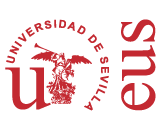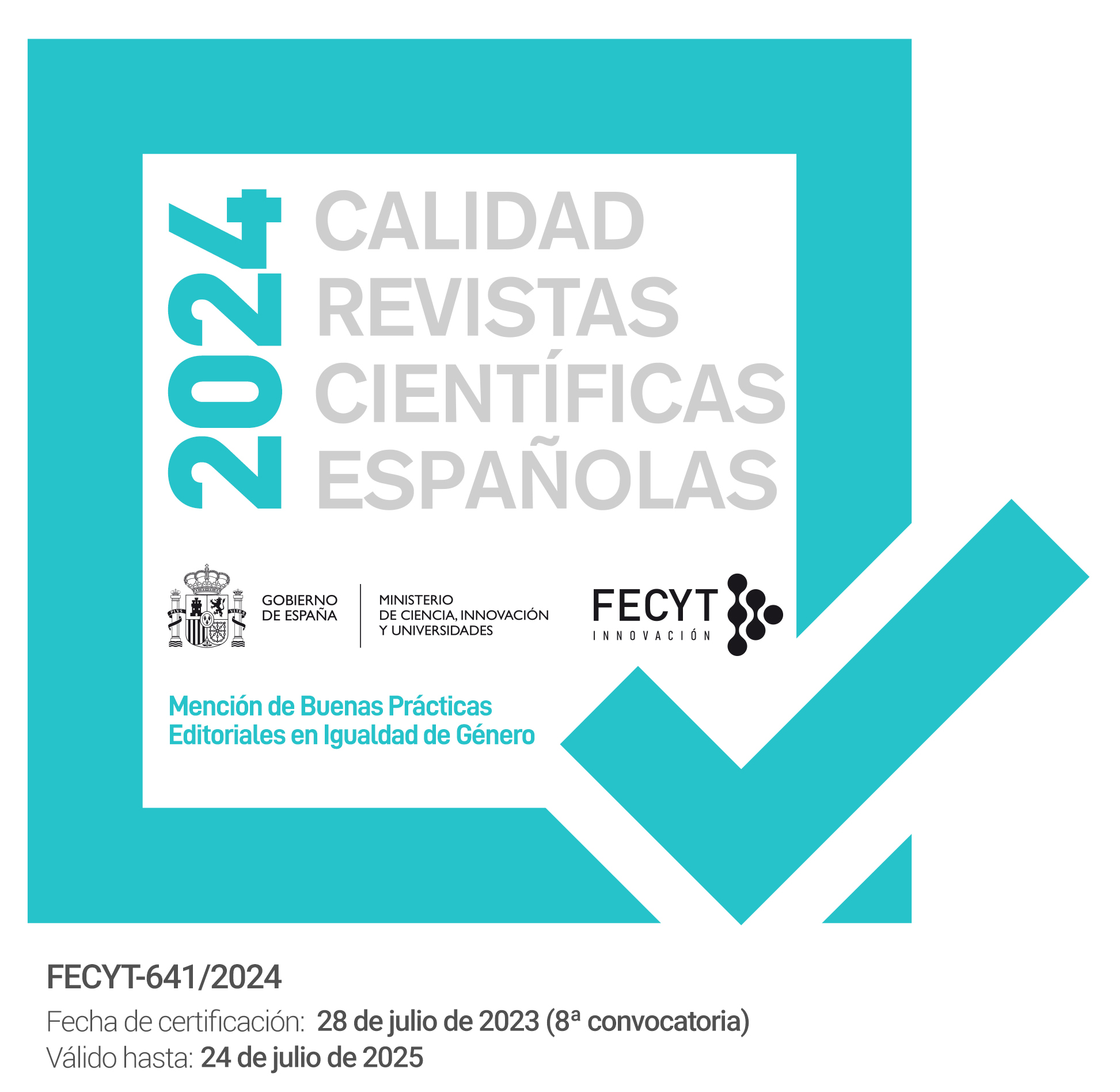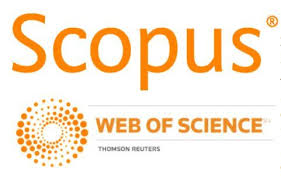El mundo del cómic: planteamiento terminológico, literario y traductológico. Ejemplos extraídos del cómic alemán "Kleines Arschloch"
DOI:
https://doi.org/10.12795/PH.2010.v24.i02.01Keywords:
comic, literature, Translation Studies, constrained translation, second language teachingAbstract
In this article we aim to present the key debates surrounding the con- cept of “comic”, paying special attention to the evolution of this concept in ter- minological, literary and historical terms. Otherwise, we pursue to describe the contrastive analysis of frames as a useful tool within the fields of translation and second language teaching. As an example we describe the piece of experience made by a high school His- tory teacher who uses comics as didactic tools. Following this idea, we present two examples of contrastive analyses of frames translated from German into Spanish. A description of the possible application of this analysis to the activi- ties of translation and second language teaching is also included in this article.
Downloads
References
Texto analizado
Moers, W., Kleines Arschloch, 15ª Ed., Frankfurt, Eichborn, 2006.
Moers, W., El pequeño hijoputa (traducción al español de la obra titulada Kleines Arschloch), Barcelona, La Cúpula, 2001.
Bibliografía adicional
Barbieri, D. , Los lenguajes del cómic, Barcelona, Paidós, Ibérica, 1993, p. 203.
Barrera y Vidal, A., “Traducción e interculturalidad: la versión española del mundo de Tintín”, V Encuentros Complutenses en torno a la Traducción, Madrid, Editorial Complutense (ed. Martín Gaitero, R..), 1995, pp. 483-497.
Barrero, M., “La novela gráfica. Perversión genérica de una etiqueta editorial”, Revista Literaria Independiente de los Nuevos Tiempos. (2007). Internet. 04/05/08 <>
Baur, E., La historieta como experiencia didáctica, México, Nueva imagen, 1978, p. 23. Cáceres Würsig, I., “Un ejemplo perfecto de traducción cultural: la historieta gráfica”, V Encuentros Complutenses en torno a la Traducción, Madrid, Editorial Complutense (ed. Martín Gaitero, R..), 1995, pp. 527-538.
Castillo Cañellas, D., “El discurso de los tebeos y su traducción”. Internet. 13/06/08. <http://www.tebeosfera.com/Documento/Articulo/Academico/01/tebeostraduccion.pdf>
Coma, J., Del gato Félix al gato Fritz: Historia de los comics, Barcelona, Editorial Gustavo Pili, 1979, p. 9.
DRAE, Diccionario de la lengua española. Internet. 03/06/08. ]
DPD, Diccionario Panhispánico de Dudas. Internet. 03/06/08. < www.rae.es>
Eisner, W., El cómic y el arte secuencial, Barcelona, Norma, 1994, p. 13.
Giménez, C. Sabor a menta y otras historias, Madrid, Ediciones de la Torre, 1994, p. 3.
Ingerto, R. G., “Bocadillos de Historia”. Diario Independiente de Asturias La Nueva España. (2007). Internet. 10/07/08. <http://www.lne.es/secciones/noticia.jsp?pRef=2008060500_38_643405__Cuencas- >
Martín, A., Apuntes para una historia de los Tebeos, Barcelona, Glénat, 2000, pp. 3-136.
Mayoral Asensio, R., Kelly, D. y Gallardo, N., “Concepto de ‘traducción subordinada’ (cómic, cine, canción, publicidad). Perspectivas no lingüísticas de la traducción”, Pasado, presente y futuro de la lingüística aplicada: actas del III Congreso Nacional de lingüística aplicada (1986), Universidad de Valencia , pp. 95-105.
Moliner, M., Diccionario de Uso del Español. Madrid, Gredos, 2000, p. 583.
Rodríguez Diéguez, J.L., El cómic y su utilización didáctica, Barcelona, Gustavo Gilli, 1988, p. 23.
Santoyo, J.C., El delito de traducir, León, Servicio de Publicaciones de la Universidad de León, 1989, pp. 18 y ss.
Toury, G., Los estudios descriptivos de traducción y más allá. Metodología de la investigación estudios de traducción (traducción de Rosa Rabadán y Raquel Merino), Madrid, Cátedra, 2004, p. 344.
Zanettin, F. “Fumetti e traduzione multimediale” inTRAlinea, 1, 1-11. (1998). Internet. 20/04/08. <http://www.intralinea.it/volumes/ita_open1.php?id=C0_25_2
Downloads
Published
How to Cite
Issue
Section
License
The printed and electronic editions of this Journal are edited by the University of Seville Editorial, and the source must be cited in any partial or total reproduction.
Unless otherwise indicated, all the contents of the electronic edition are distributed under a license of use and distribution “Attribution-NonCommercial-NoDerivatives 4.0 International” . You can view the informative version and the legal text of the license here. This fact must be expressly stated in this way when necessary.
Authors who publish in this journal accept the following conditions:
- The author/s retain copyright and grant the journal the first publication right, and accept it to be distributed with the Creative Commons By NC ND 4.0 licence, which allows third parties to use what is published whenever they mention the authorship of the work and the first publication in this journal and whenever they do not make commercial use and reuse it in the same way.
- Authors can make other independent and additional contractual agreements for the non-exclusive distribution of the article published in this journal (e.g., include it in an institutional repository or publish it in a book) provided they clearly indicate that the work was published for the first time in this journal.
Authors are allowed and recommended, once the article has been published in the journal Philologia Hispalensis (online version), to download the corresponding PDF and disseminate it online (ResearchGate, Academia.edu, etc.) as it may lead to productive scientific exchanges and to a greater and faster dissemination of published work (see The Effect of Open Access).
- Abstract 386
- PDF (Español (España)) 118







